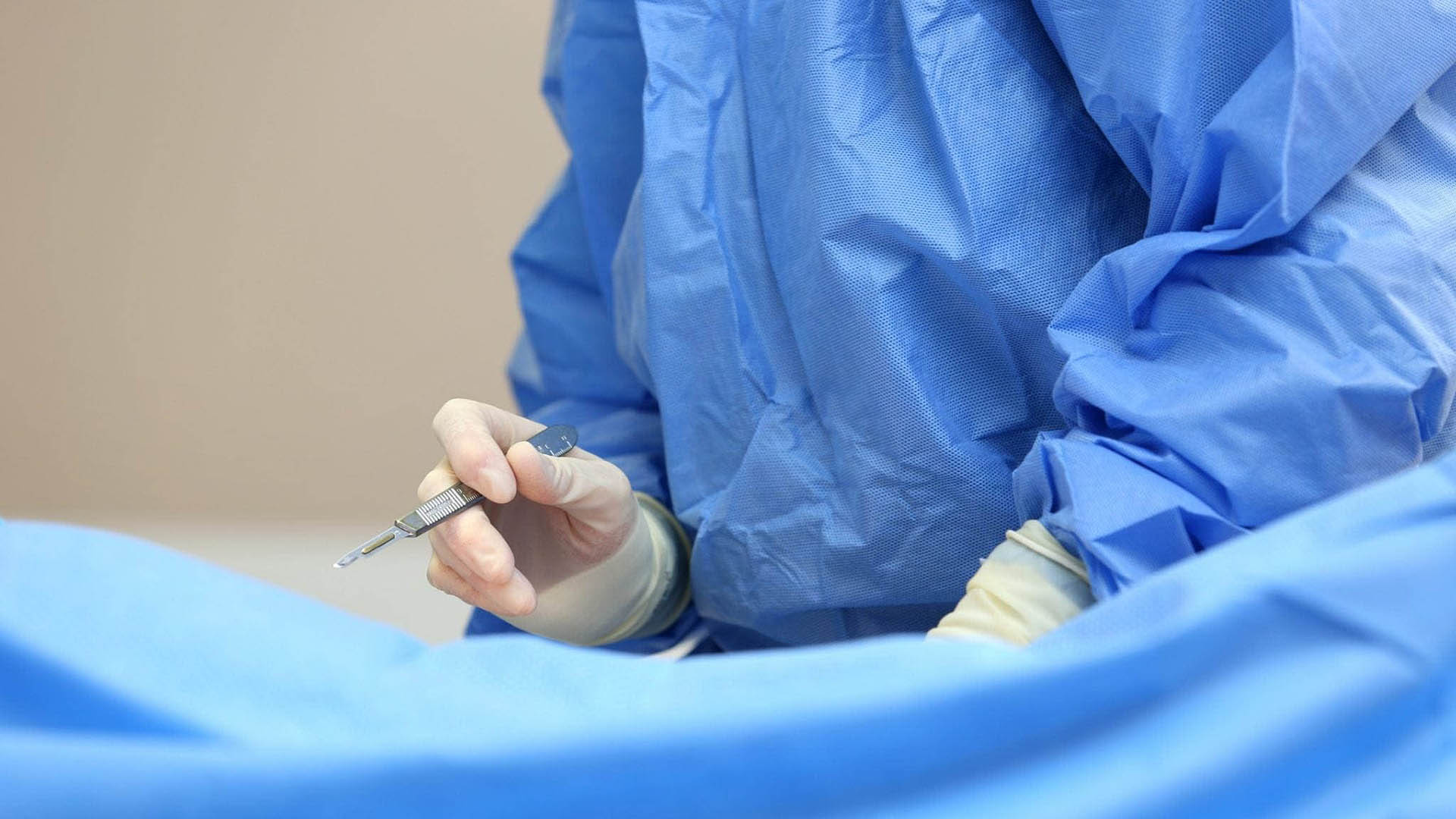What is Spine Surgery?
Spine surgery is rare but can be crucial for patients with life-threatening spinal conditions and those who suffer debilitating chronic pain. We plan your surgery using tools and techniques that give us a multitude of surgical strategies to choose from; we practice surgery in all regions of the spine with the utmost diligence.
The cervical region is housed in the neck. From the brain, the entire nervous system passes through the cervical spine, meaning any damage to this area has the potential to cause pain, weakness, numbness, or paralysis in any and every other part of the body below the affected point. Procedures involving this region are delicate.
The thoracic region is the part of the spine that curves outward. It is more commonly referred to as the "upper back" and is the longest part of the spine. Its structures are more complex than those in the cervical region; due to the nature and number of tissues within the thoracic region, we perform surgical work in its vicinity under careful consideration and planning.
The lumbar region is commonly called the "lower back" and comprises the portion of the spine that turns inward (at the base of the thoracic's outward curve). Office workers and people who remain seated for long periods frequently experience lumbar pain. Improved posture, gentle stretching, regular exercise breaks, and alternating between a seated and standing position can all significantly reduce lumbar pain. Lumbar spine surgery is a last resort if all natural techniques prove ineffective against a worsening condition, such as compression or degeneration.
The sacrum and coccyx or "tailbone" are the lowest portions of the spine. Long periods of sitting can cause pain in both the sacrum and the coccyx. Falling and sitting too hard are also common causes of pain in these regions. Pain accompanied by numbness, however, may indicate a serious condition, especially if the numbness spreads into the thighs or inhibits bowel and/or bladder control.
What Kind of Spine Surgeries Are There?
We design your surgery to be as minimally-invasive as possible using state-of-the-art techniques and tested procedures.
Laminectomy or spinal decompression surgery relieves pressure caused by a narrowing of the spinal column. This pressure is sometimes caused by bone growths such as bone spurs. Laminectomy relieves the pressure by removing bone from the interior of the vertebra(e) around the pressurized point. Often, this procedure is performed in conjunction with a discectomy.
Discectomy is a process that relieves compression of the spinal cord and/or nerve roots caused by the cartilage between the vertebra pushing down on them. This painful condition can occur anywhere there is vertebral cartilage present. Procedures include cervical discectomy as well as anterior cervical discectomy and fusion (ACDF).
Spinal fusion involves surgically and permanently fusing together one or more vertebra to eliminate any opposing movement and improve stability. Such a process is accomplished using bone grafts; the bone tissue usually comes from another part of the patient's body, but grafts that use donor bone tissue are not uncommon.
Sometimes compression causes fractures, especially in patients who suffer from osteoporosis or certain forms of arthritis. Vertebroplasty and kyphoplasty repair compression fractures using a compound that acts as bone cement. The result is an extremely strong chemical bond that both hardens and strengthens the existing bone.
Total disc replacement and artificial disc replacement are procedures that treat damaged intervertebral cartilage or "discs" with synthetic replacements. These surgeries are common solutions to severe back pain and dysfunction caused by degenerative diseases that erode cartilage.
What Conditions Does Spine Surgery Treat?
Surgery is an option for many relatively common issues that become severe over time, usually due to corresponding conditions. Degenerative arthritis, for example, can wreak havoc on the spinal column.
Bone diseases and disorders leave the spine vulnerable to damage and injury. Osteoporosis increases the likelihood of vertebral fractures. Whenever possible, these are treated with non-surgical healing methods, including braces and physical therapy.
Spondylolisthesis describes a condition in which one or more bones in the spine slip out of place, causing pain and dysfunction when the slipped bone(s) rubs against the bone below it. As painful as it can be, this condition is very treatable.
Spinal stenosis refers to the narrowing of the spinal column that puts pressure on the spinal cord and nerves, which can be relieved through a laminectomy.
Herniated or ruptured discs usually don't require surgery. In rare cases, however, they can crush spinal nerves. Such cases must be treated with emergency surgery to avoid permanent damage.
Other rare issues that cause pain and may require surgery include tumor, infection, and damage to the nerve roots, such as in cases of cauda equina syndrome (CES); this is a rare condition with distinct symptoms that include worsening pain or weakness in the lower spine coupled with bladder or bowel dysfunction or a loss of sensation around the rectum and/or down the thighs. CES is an emergency condition that requires immediate surgical intervention.
Should I Consider Spine Surgery?
If you suffer from severe or long-term pain or dysfunction of the spine, talk to your doctor right away.
Spine surgery can repair injuries and damage, improve spinal alignment and stability, reduce pain and inflammation, and prevent future damage.
Back pain is typical, especially as we age. Conditions that might call for surgery usually involve consistent or recurring pain paired with at least one other identifying symptom. Potential candidates for spine surgery suffer from characteristic symptoms, the most common of which is consistent or recurring pain.
Pain that worsens over time, gets worse at night, or is accompanied by a fever is cause for concern.
Pain that began after an accident or fall is also common; if this pain radiates into the thighs or legs, or is paired with numbness or weakness in the legs and consistent bladder or bowel problems, call 911 or seek emergency medical assistance.


